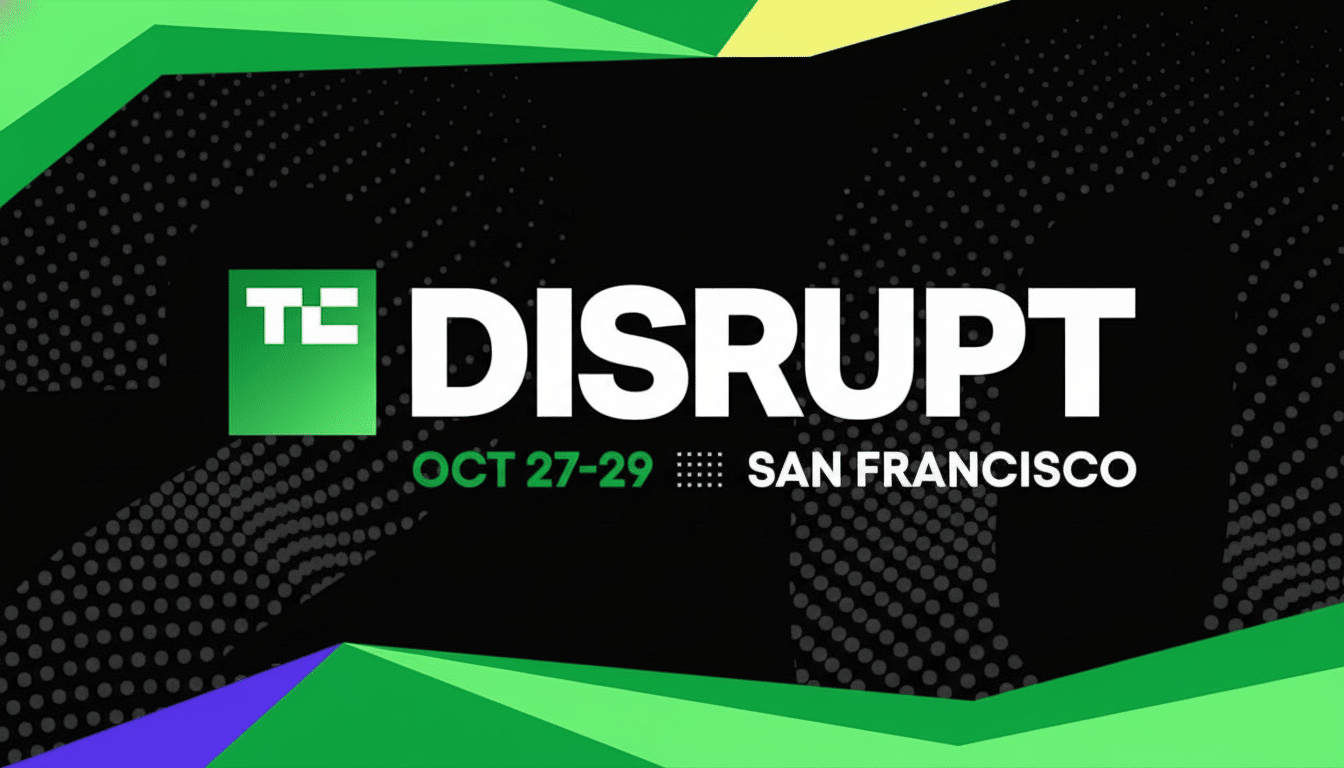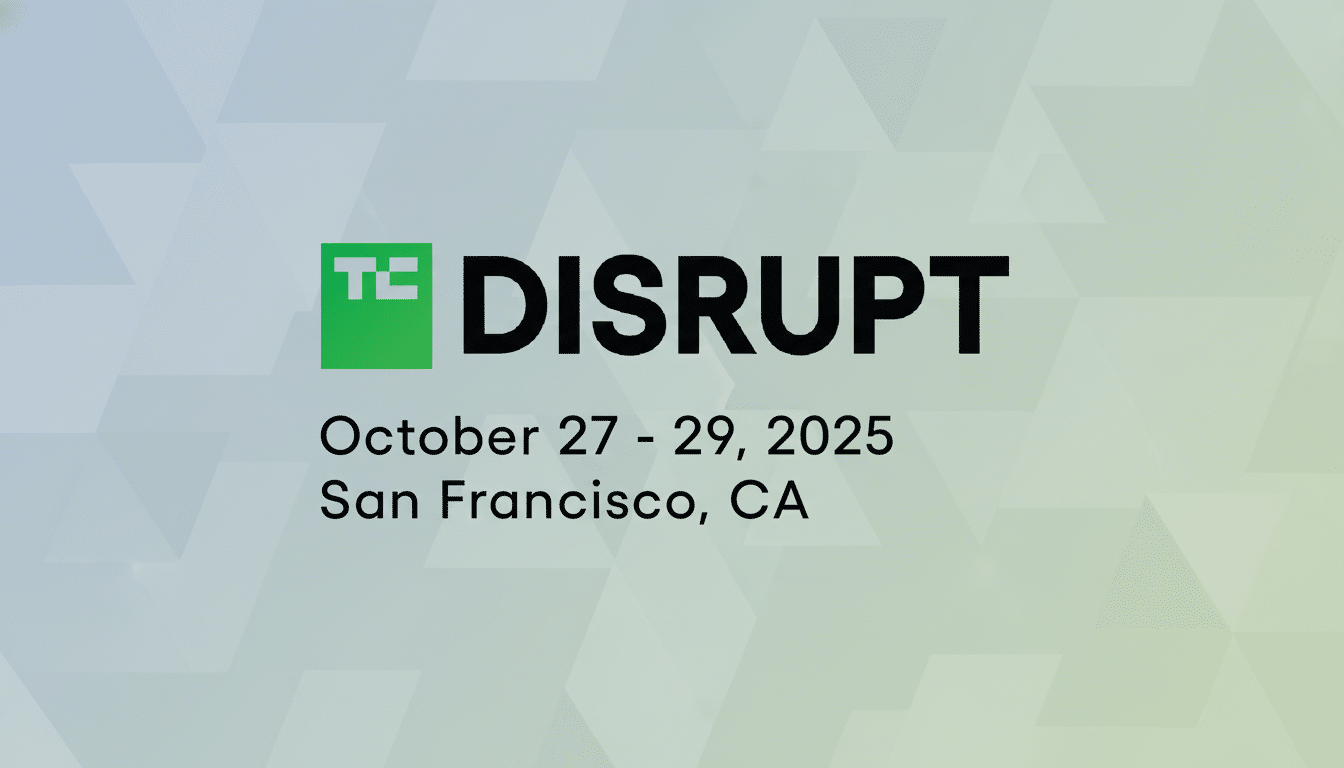Transportation is no longer a sideshow for artificial intelligence — it’s the main event.
At Disrupt 2025, we take a look under the hood at how AI is rewiring mobility from curb to cloud with Uber chief product officer Sachin Kansal and Nuro co-founder Dave Ferguson — and why the next wave of innovation will hinge as much on safety cases and data pipelines as it does on sleek vehicles.

The headline change is straightforward: AI will shift mobility from scheduled and reactive modes to predictive and adaptive. It’s a transformation already evident in dispatch algorithms, perception stacks, last-mile delivery robots, and the safety toolkits that regulate them.
Why Now? AI Combines Safety And Efficiency
Road safety is the industry’s guiding north star. According to the World Health Organization, more than 1.19 million people die in traffic crashes annually — an immense public health challenge that AI is poised to address through perception, prediction, and driver support.
Computer vision and sensor fusion have come of age past lane-keeping and object detection. Transformers trained on millions of edge cases now predict intent — whether a cyclist is about to swerve or a pedestrian will stop. The Insurance Institute for Highway Safety says automatic emergency braking alone is capable of reducing rear-end crashes by nearly half, showing that incremental gains in AI can mean outsized benefits long before full autonomy is reached.
Dispatch and demand forecasting rooted in machine learning are shortening the time it takes for drivers to pick up riders, as well as deadhead miles on the network side. Models that blend real-time telemetry with historical usage, operators say, also bring down cancellations and errant vehicle assignments — a quiet, compounding effect saving capacity and reducing emissions without a new vehicle on the road.
Last Mile Delivery As An Autonomy Testbed
Last-mile delivery is autonomy’s proving ground for a reason: The routes are repeated and predictable, the speeds slower, and the business case fairly convincing. Nuro helped establish the model, getting the first U.S. federal exemption to put a driverless car on public roads without traditional trimmings like mirrors or a windshield — an admission by safety regulators that a cockpit human beings would consider conventional isn’t necessary when nobody is sitting inside.
Slow electric bots mean AI for profit.
Each completed mile feeds models with edge cases — an unprotected left near a school, a construction zone at dusk — while teleassistance teams step in to resolve scarce ambiguities. The upshot is a positive feedback loop of more autonomy, not less, with size.
Scaling: From Pilots To Citywide Operations
The hardest part now is not demonstration, but deployment. There are three levers to scaling AI-powered transportation: data, compute and operational discipline.

First, data gravity. Petabyte-scale vehicle video, lidar, and radar logs need to be annotated, curated, and combined in order to reveal explanations for rare hazards. Companies are relying on synthetic scenes as well as real-world miles to fast-track exposure to long-tail risks — icy road markings, oddball trailers, emergency-vehicle choreography — and still protect privacy.
Second, compute at the edge. Fueled by automotive-quality SoCs, transformer-based perception and planning are emerging to be executed onboard with limited latency budgets. Players like Wayve and its “foundation model for autonomy” paradigm are seeking an end-to-end, slimmed-down-by-design stack that removes hand-crafted brittleness.
Third, operational muscle. High-availability autonomy relies on tele-support procedures, real-time health, and maintenance control. That’s where ridehail networks and delivery fleets have a leg up — their routing, safety, and customer support infrastructure already hums at an international scale.
Policy Standards And The Safety Case For Autonomy
Regulators around the world are moving from pilots to playbooks. In the U.S., federal crash-reporting regulations require companies to report any crashes their ADS are involved in, which helps shed light on incidents and allows for quicker post-incident learning. Europe is applying the UNECE framework to automated lane-keeping systems, and country-level approvals for limited Level 3 features have demonstrated that performance-based rules allow regulators to progress beyond disengagement counts.
Look for more in-depth conversations at Disrupt about safety cases based on standards such as ISO 26262 for functional safety, ISO/SAE 21434 for cybersecurity, and UL 4600 for autonomous product safety. The emerging common ground is that credibility for deployment depends on evidence-backed arguments — not marketing milestones — about systems being acceptably safe for a defined ODD.
What Uber And Nuro Are Watching In AI Mobility
For Uber, AI is across the stack: fraud detection, dynamic pricing, ETA accuracy (route parsing and cache optimizations), route planning (graphs for surge zones), and safety features including crash detection and in-trip audio recording where permitted. Its platform already has self-driving pilots from partners in some markets, including robotaxi integrations that integrate human-driven and automated supply in the same app — an early look at hybrid networks.
By concentrating on bringing purpose-built delivery vehicles to market, Nuro is aiming for unit economics that get better as autonomy matures. By discarding the need to move human passengers, the company can optimize for cargo hauling and safety envelopes and, at low speeds especially, reliability — just like the retailers and grocers that prefer regular service to top speed. The approach also serves as a data engine to bootstrap autonomy before scaling to more complicated domains.
The connective tissue is obvious: Use AI to wring the risk and waste out of today’s trips while building (and proving, with data) the evidence and infrastructure for tomorrow’s driverless networks. If that story is true, the future of mobility won’t drop in one big bang but as an orchestration of AI systems that, without much fanfare at all, make every ride and delivery faster, cheaper, and cleaner — at scale.

